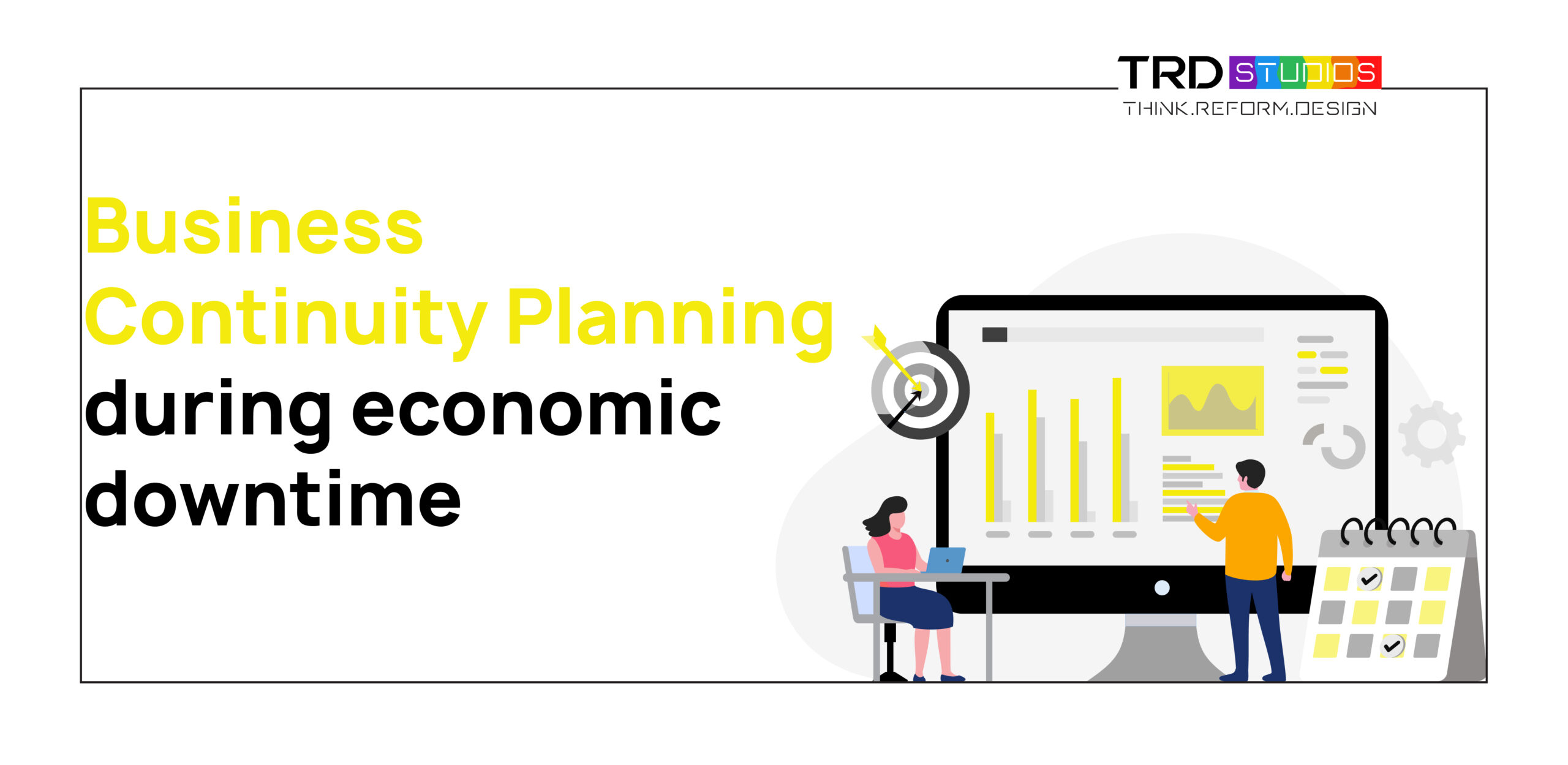The question of whether innovation or profitability should be the driving key metrics for a new business is a complex one. Though there are strong arguments on both sides of the aisle, stakeholders have to consider a multitude of variables along with their goals and values to come to an answer.
What is Business Innovation?
Business innovation refers to the process of introducing new ideas, products, services, processes, or business models that lead to positive changes in an organization’s performance. It involves developing and implementing new strategies and approaches that help companies stay competitive and relevant in the market.
What is Business Profitability?
Business profitability refers to the ability of a business to generate a profit, which is the financial gain that results from the difference between the revenues earned and the expenses incurred in the operation of the business.
Pros and Cons of Innovation:
Innovation business ideas can lead to breakthroughs and disrupt entire industries, while profitability, on the other hand, is crucial for long-term sustainability and growth. Innovation is often associated with new technologies or business models that disrupt existing markets. Examples of innovative companies include Uber, Oyo Rooms, and WeWork, all of which have disrupted their respective industries with new business models. These companies have achieved success by identifying gaps in the market, thinking outside the box and challenging traditional industry norms.
One of the key advantages of prioritizing innovation over profitability is that it allows businesses to create new markets or disrupt existing ones. By thinking creatively and taking risks, businesses can create products or services that customers didn’t even know they needed. This can lead to tremendous growth and success, as evidenced by the aforementioned examples of Uber, Oyo Rooms and WeWork.
Innovation can also lead to increased customer loyalty and this, in turn, can add to profitability. Customers are often drawn to companies that offer something new and unique, and are willing to pay a premium for products or services that stand out from the crowd. By prioritizing innovation, businesses can create a loyal customer base that is willing to pay more for their products or services.
However, innovation can also be risky and expensive. Developing new technologies or business models often requires significant investment in R&D and knowledge dissemination, which can be a challenge for startups. Furthermore, there is always the risk that an innovative product or service will fail to gain traction in the market, leaving the business with a significant loss.
Do checkout our recent post on How to start your own business despite the looming recession?
Pros and Cons of Profitability:
Profitability, on the other hand, is crucial for long-term sustainability and growth. Without profits, businesses cannot continue to invest in innovation or expand their operations. Profitability allows businesses to pay their stakeholders, as well as invest in research and development.
In addition, investors are more likely to provide funding to businesses that can demonstrate a clear path to profitability, as this indicates that the business has a viable model for generating revenue and can provide a return on investment.
Prioritizing profitability also allows businesses to focus on optimizing their operations and increasing efficiency. By optimizing their processes and reducing costs, businesses can increase their profit margins and achieve long-term sustainability.
However, prioritizing profitability can also lead to a focus on short-term gains at the expense of long-term growth. In some cases, businesses may prioritize cost-cutting measures or short-term revenue generation over investing in innovation or long-term growth. This can lead to stagnation and missed opportunities for growth and expansion.
Ultimately, the answer to whether innovation or profitability should be the driving metric for a new business depends on the goals and values of the founders and stakeholders. Some businesses may prioritize innovation and disruption over profitability, while others may prioritize profitability as a means to achieve long-term sustainability and growth.
Approaches to prioritize both:
One possible approach for businesses is to prioritize both innovation and profitability, with a focus on balancing short-term and long-term goals. By investing in innovation while also prioritizing profitability and efficiency, businesses can achieve sustainable growth and long-term success.
Another approach is to prioritize innovation in the early stages of the business, while transitioning to a focus on profitability as the business grows and matures. This allows businesses to take risks and experiment in the early stages, while also ensuring that they have a clear path to profitability as they expand.
In conclusion, the key to success for any business is to have a clear understanding of its goals and values, and to prioritize metrics that align with those goals and values. Whether a business prioritizes innovation or profitability, it is important to have a clear plan for achieving long-term sustainability and growth.




